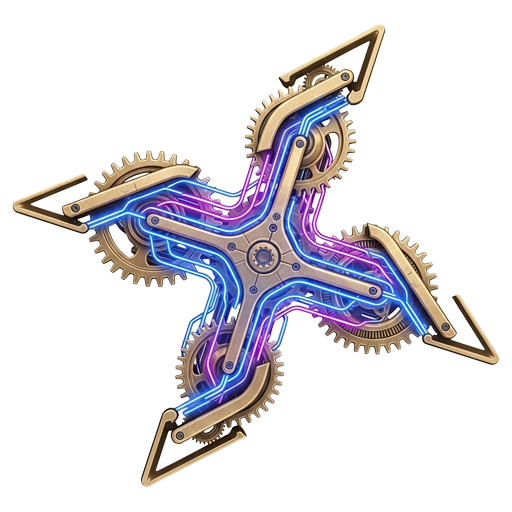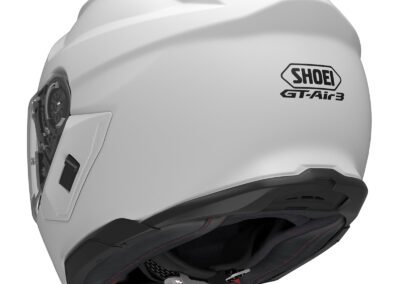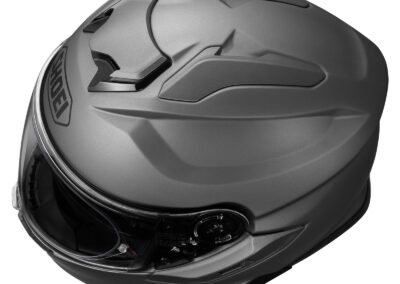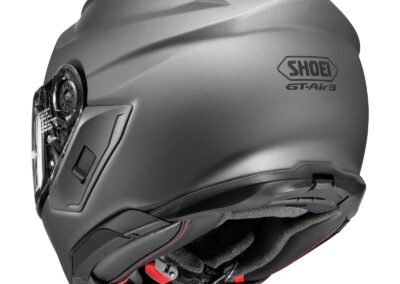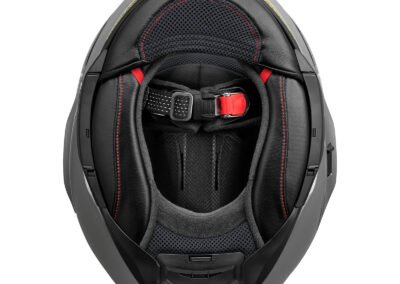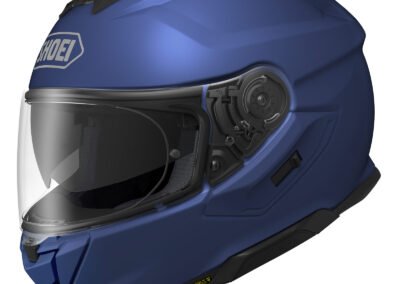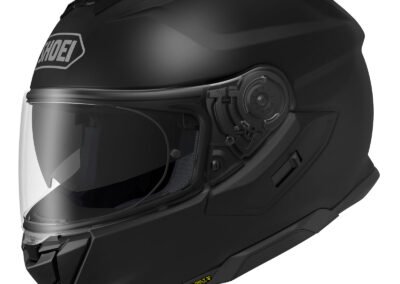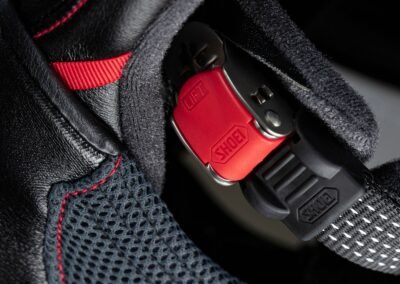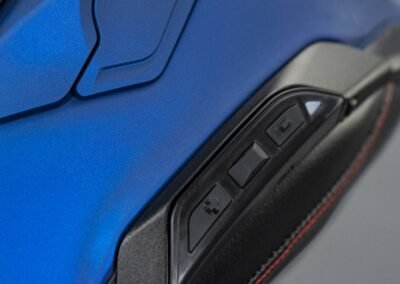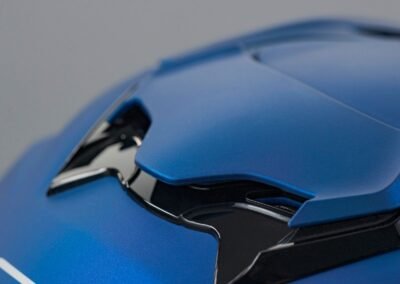In the realm of high-performance head protection, the name Shoei carries a gravitas earned through decades of meticulous engineering and an almost dogmatic pursuit of quality. The arrival of a successor to the lauded GT-Air II is, therefore, not merely a product launch but a significant event for the discerning sport-touring rider. The Shoei GT-Air 3 enters a market saturated with options but stands apart by presenting a concentrated study in evolutionary design. It is not a radical reinvention, but a deliberate, data-driven refinement of a proven formula, engineered to meet the stringent demands of the road and the latest ECE 22.06 safety standard.
Engineering & Protective Capability
At the core of any serious helmet is its ability to manage impact energy. The GT-Air 3 is built upon Shoei’s proprietary Advanced Integrated Matrix (AIM) shell. This is not a simple polycarbonate but a complex, hand-laid composite of fiberglass and organic fibers, designed to create a structure that is both rigid and capable of absorbing and distributing impact forces. The use of a multi-density EPS liner further refines this capability, with varying densities of foam precisely located to manage impacts specific to different areas of the head.
A critical update is the helmet’s certification. While the US market receives a DOT-certified version, the European model is homologated to the new, more rigorous ECE 22.06 standard. This updated testing protocol includes a wider range of impact velocities, oblique impact testing to measure rotational force management, and stricter standards for accessories like visors. This dual-certification reality is a crucial detail for the global rider. The adoption of the new standard has resulted in a marginal increase in mass over its predecessor, a necessary trade-off for a verifiable increase in protective capability.
Aerodynamics & Acoustic Management
The GT-Air series has always been a case study in aerodynamic efficiency, and the third generation pushes this principle further. The shell is visibly more sculpted than its predecessor, with integrated spoilers and smoothed transitions designed in a wind tunnel to reduce rider fatigue. Shoei’s data indicates a tangible reduction in both lift and drag. In practical application, this translates to superior stability at highway speeds, mitigating the constant, energy-sapping pressure on the neck. The helmet remains composed and neutral, even during head checks in turbulent air.
This refined aerodynamic profile works in concert with the helmet’s acoustic engineering. A snug, encompassing neck roll, an enlarged chin curtain, and redesigned cheek pads create a superior seal against wind intrusion. The result is a significant reduction in low-frequency wind roar, one of the most pervasive sources of fatigue on long tours. While no helmet is silent, the GT-Air 3 creates a controlled acoustic environment, allowing the rider to focus on the road and essential auditory cues without the distraction of excessive noise.
Optical and Environmental Control
Clarity of vision is paramount. The GT-Air 3 introduces the new CNS-1C shield, which features a re-engineered center-locking mechanism. This design provides a more secure and positive seal against the gasket, eliminating wind whistle and water ingress. The shield itself is optically superb, providing a wide, distortion-free field of view and comes standard with a Pinlock EVO insert to prevent fogging.
The integrated QSV-2 internal sun visor has been enlarged, extending 5mm lower than the previous model. This small adjustment makes a significant real-world difference, reducing the amount of bright light entering from below the visor’s edge. The slider mechanism is intuitive and smooth, allowing for rapid deployment in changing light conditions without compromising the integrity of the main EPS liner.
Ventilation has been systematically overhauled. The repositioned upper and lower intake vents are designed for higher airflow volume, while the exhaust vents are optimized for more efficient heat extraction. The system is engineered to perform, moving a measurable volume of air through deep channels in the EPS liner to provide tangible cooling. A noteworthy detail is the removable insect filter in the chin vent—a small but practical touch for real-world riding.
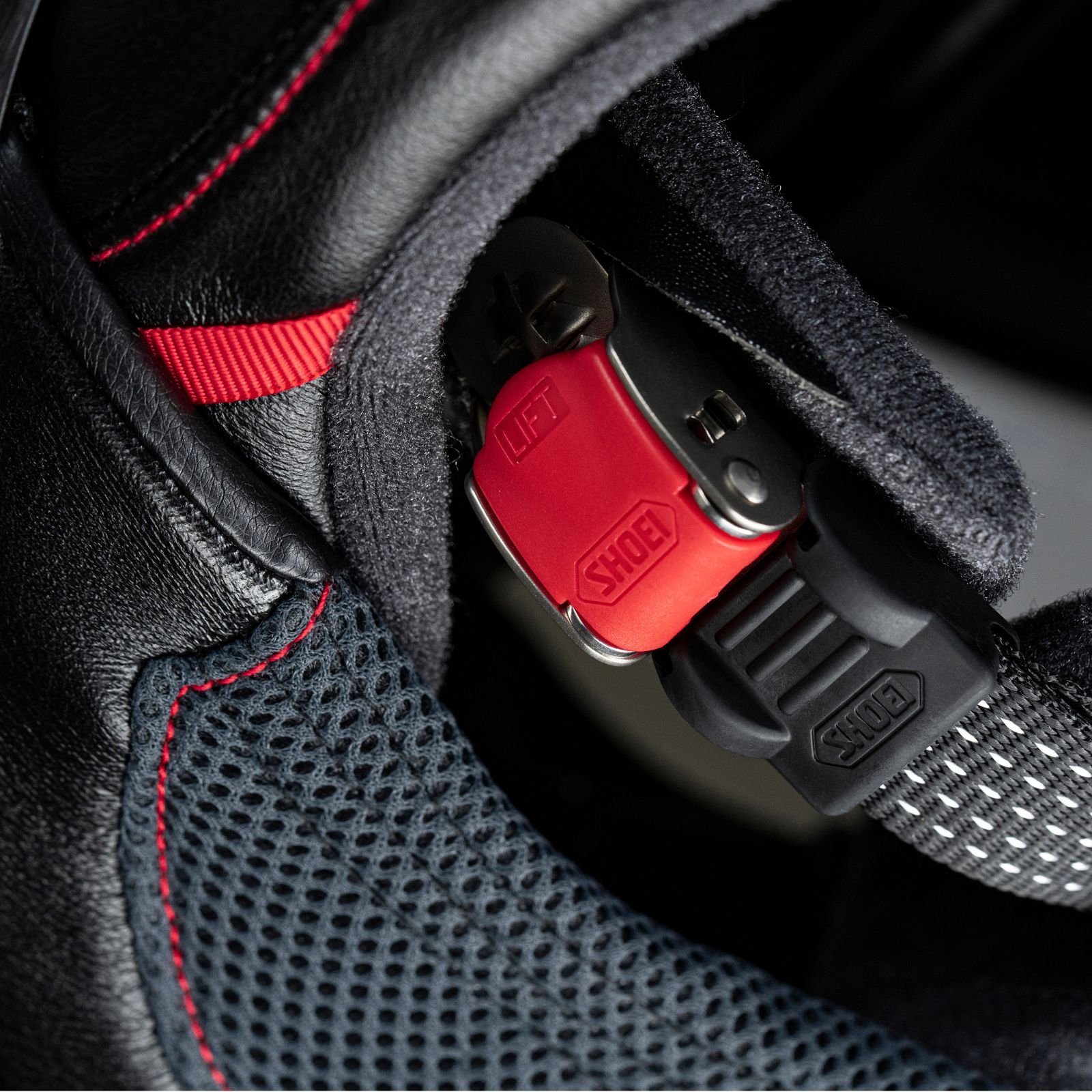
Fit, Finish & System Integration
The interior of the GT-Air 3 is a masterclass in functional comfort. The fully removable, washable 3D Max-Dry liner uses a hybrid of materials—a moisture-wicking fabric in high-sweat zones and a softer, brushed fabric at contact points. The fit is intermediate oval, providing a snug, secure feeling without creating pressure points. The new stainless-steel micro-ratchet chinstrap is more compact than the previous version, improving comfort under the chin.
A defining feature is its seamless integration with the Sena SRL3 communication system (sold separately). The helmet is designed with dedicated interior recesses and wiring channels, allowing the SRL3 unit to be installed with virtually no external footprint. This preserves the helmet’s carefully tuned aerodynamics and reduces wind noise compared to externally clamped systems. It is the physical manifestation of Shoei’s “total design” philosophy.
Verdict
The Shoei GT-Air 3 is not an attempt to capture attention with superficial gimmicks. It is a testament to the power of incremental, intelligent design. Every modification, from the move to a center-locking visor to the subtle reshaping of the shell for ECE 22.06 compliance, serves a distinct purpose. It offers a measurable improvement in aerodynamic stability, acoustic dampening, and safety compliance over its highly respected predecessor. For the sport-touring rider who demands a premium, integrated system that places a premium on comfort, safety, and functional clarity, the GT-Air 3 stands as the new benchmark. It is a tool of precision and quality, engineered for the art of the long ride.
